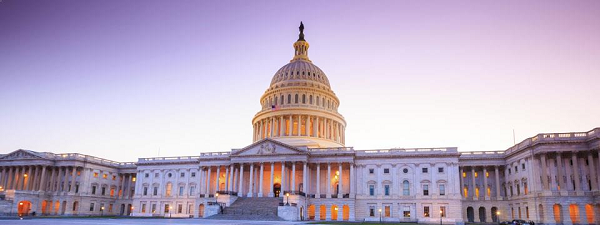Moving forward after the government shutdown a couple of weeks ago and towards the new showdown coming on February 8, the immigration debate has a long way to go and a short time to get there. Right now, the path is still uncertain. The White House released its latest set of “Immigration Principles” on January 25, 2018, demanding massive funding for a border wall and border security, the elimination of all family-based immigration other than spouses and minor children, the removal of constitutional due process safeguards against deportation, termination of the diversity visa lottery program, and mandatory E-Verify, in exchange for helping Dreamers. The question is: Is this proposal any good? The short answer is: No.
The kernel of hope that this proposal offers, protection for Dreamers, is vague and uncertain and cannot make up for the damage the rest of the proposal would do to the American economy and immigration system. As most people know by now, Dreamers are individuals who were brought to the U.S. as children and remained here without status through no fault of their own, and thus had no intent of violating U.S. laws or policies. Instead of getting behind a narrow bill, like the Dream Act or the McCain/Coons proposal, which have bipartisan support and make sense both fiscally and morally, the administration is forcing a stalemate that could result in the deportation of Dreamers.
But let’s remove the moral argument for a minute and focus on the equities. Is it equitable to remove young people who came here as children? Is there equity in drastically cutting legal immigration by nearly half over the next 50 years by holding Dreamers hostage to what some are calling this nativist random note? It is not equitable and it is not just. And the costs associated with the White House proposal, to our communities and our national economy, cannot be overstated. Polls show that 85 percent or more of the American public supports Dreamers. We are leaving hundreds of billions of dollars on the table by not legalizing the current Dreamer population alone. Their communities will lose smart, talented, and driven young people who are or will soon become teachers, scientists, nurses, and other professionals contributing to our economy.
A clean Dream bill is preferred, but is unlikely without something else in exchange, and what makes the most sense right now, what we can most likely agree upon is a bill that protects Dreamers, plus some funding for border security. Conceding to the White House wish list of draconian and isolationist principles in return for very modest relief for a small group of people does not represent a fair exchange.
As Trump himself stated in the book Art of the Deal, “What you should never do is pay too much, even if that means walking away from a very good site.” We must continue to push for the most equitable political solution and be prepared to address any outcome with superior lawyering and strategies to ensure equity for the undocumented.
There is still time to let our voices be heard in the halls of Congress. And in addition to political advocacy, those of us who are lawyers should take a stand with the Dreamers. Speak out in your community; use the AILA consumer advisories which warn about the dangers of relying on notaries and other unlicensed professionals; and share AILA’s “know your rights” documents, available in several languages. Volunteer your time – AILA has found from its members’ work with pro bono and low bono clinics that many Dreamers qualify for some other form of immigration relief. It is important that we work together to make access to counsel a priority while Congress and the Trump administration bargain with the fate of Dreamers and their families.








The entire immigration system has failed. The Dreamers are just one manifestation of that greater failure. In discussions about real immigration reform, DACA and other illegal aliens are barely even relevant, except as an obvious living example of what hasn’t worked. We fix the system, and DACA kids and everyone else get their status as a reward for our success in crafting a working system. Doesn’t that make sense? If we can’t fix the system, why do anything?
But if real “protection” for Dreamers is important, then why isn’t there a call just to preserve the status quo (EAD + a formalized low-priority for removal)? I believe there are four programs that reside in a sort of year-to-year limbo, just waiting for reform: regional centers, Conrad 30, religious workers, E-verify. Let’s add a fifth: DACA. Now they have protection and a work card, and they will get their true status if we reform the immigration system. The icing on the cake, if you will.
Both sides are using Dreamers as pawns to advance their agenda, which is convenient because nobody has to talk about the real problems undermining our immigration system. DACA “plus some funding for border security” is not an equitable solution for the American people that need a functioning immigration system. We need real reform now and DACA is just a distraction.